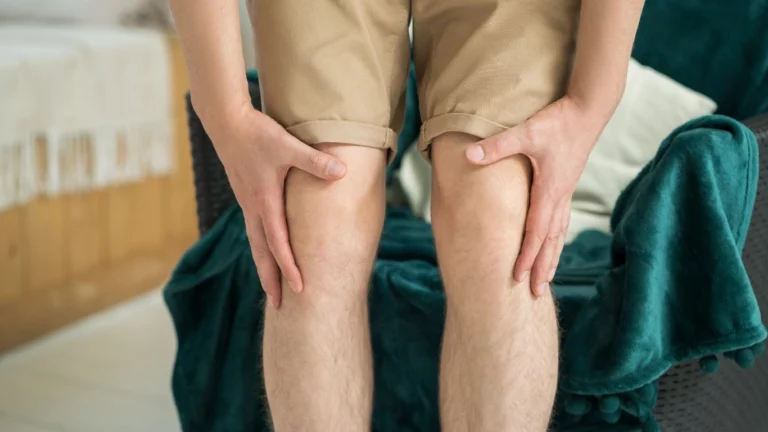Essential Guide to RA vs Osteoarthritis in Fingers: Key Differences Explained
If you’ve ever dealt with joint pain in your fingers, you know how tricky it can be to figure out what’s going on. Is it rheumatoid arthritis, osteoarthritis, or something else entirely? When it comes to RA vs osteoarthritis in fingers, the distinction matters—not just for treatment, but for understanding how your day-to-day life might be affected. As a rheumatology nurse practitioner, I’ve seen firsthand how confusing this can be for patients, so I want to break it down in the simplest way possible, sharing some insights from my experience along the way.
Understanding the Basics: RA vs Osteoarthritis in Fingers

First off, let’s get clear on what these two conditions really are. Rheumatoid arthritis (RA) is an autoimmune disorder. That means your immune system, which is supposed to protect you, mistakenly attacks the lining of your joints, causing inflammation, swelling, and pain. Osteoarthritis (OA), on the other hand, is more of a wear-and-tear problem. It happens when the cartilage cushioning the ends of your bones gradually breaks down, leading to pain and stiffness.
When fingers are involved, the symptoms can look similar, but the underlying causes and treatments are very different. Understanding these differences can help you better advocate for your health and get the care you deserve.
What Rheumatoid Arthritis Feels Like in the Fingers
RA usually starts with symptoms that come and go—morning stiffness lasting more than an hour, swelling in multiple joints, and a general feeling of tiredness or malaise. One thing I often tell patients is to pay attention to whether the pain and swelling are symmetrical. For example, if your right hand’s finger joints hurt, the left hand’s similar joints might be affected too. This pattern is a hallmark of RA.
- Swollen, tender joints: The finger joints become visibly puffy and sore to touch.
- Warmth and redness: Inflammation can cause the skin around the joint to look red and feel warm.
- Fatigue and low-grade fever: RA is systemic, meaning it affects more than just your fingers.
In my clinical experience, patients with RA often describe the stiffness as being worst first thing in the morning or after long periods of inactivity. They might struggle with buttoning shirts or opening jars because the fingers don’t move smoothly.
Osteoarthritis in Fingers: What to Watch For
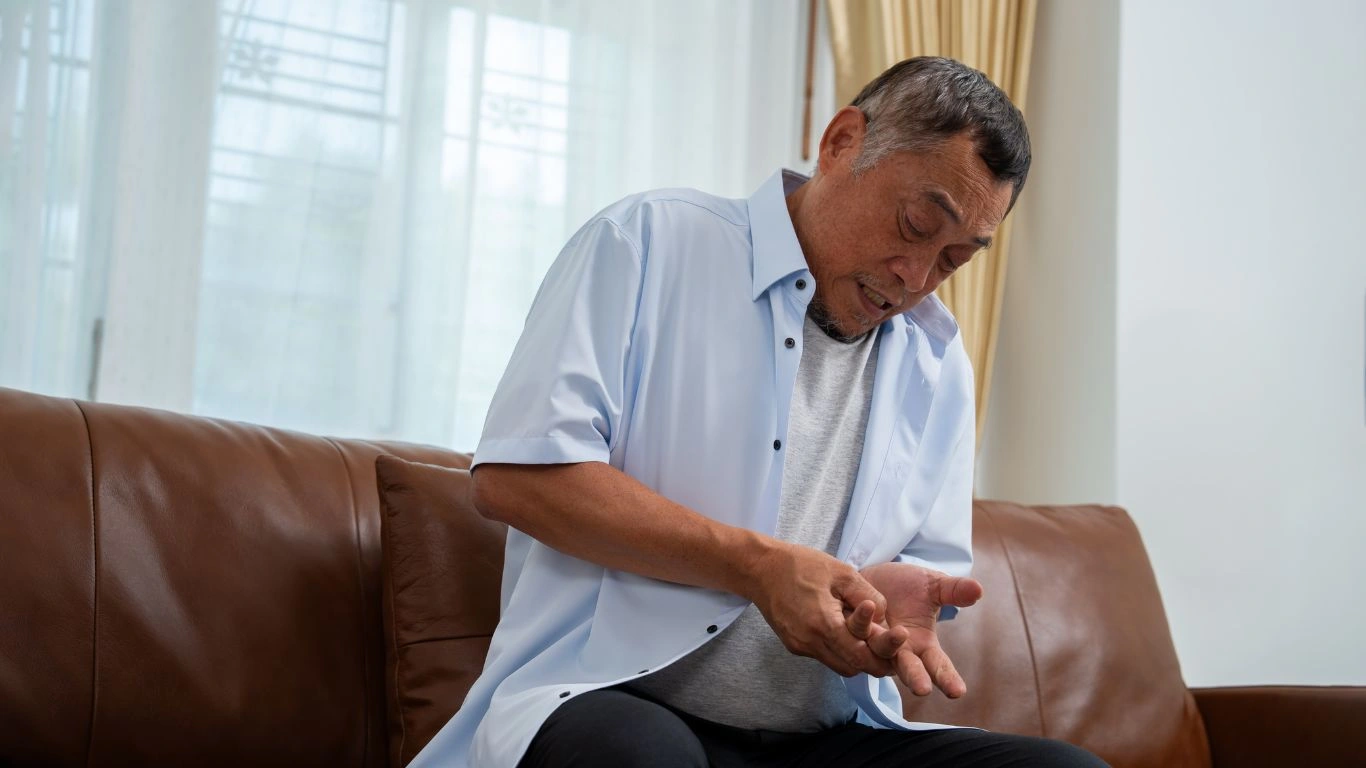
OA usually creeps in more slowly and tends to affect the joints closest to the fingertip (called the distal interphalangeal joints) and the middle joints of the fingers (proximal interphalangeal joints). Unlike RA, OA pain is often related to activity and can improve with rest.
Here are some typical features I’ve seen in patients with finger OA:
- Joint stiffness after periods of rest: Usually lasts less than 30 minutes, unlike RA’s prolonged stiffness.
- Hard, bony enlargements: Called Heberden’s nodes (at the fingertips) and Bouchard’s nodes (middle joints), these can be seen and felt.
- Pain with use: The joints might ache more after repetitive movements or heavy use.
It’s not uncommon for folks to dismiss finger OA as “just aging,” but it’s important to recognize it early to manage symptoms and maintain hand function.
Why Getting the Diagnosis Right Matters
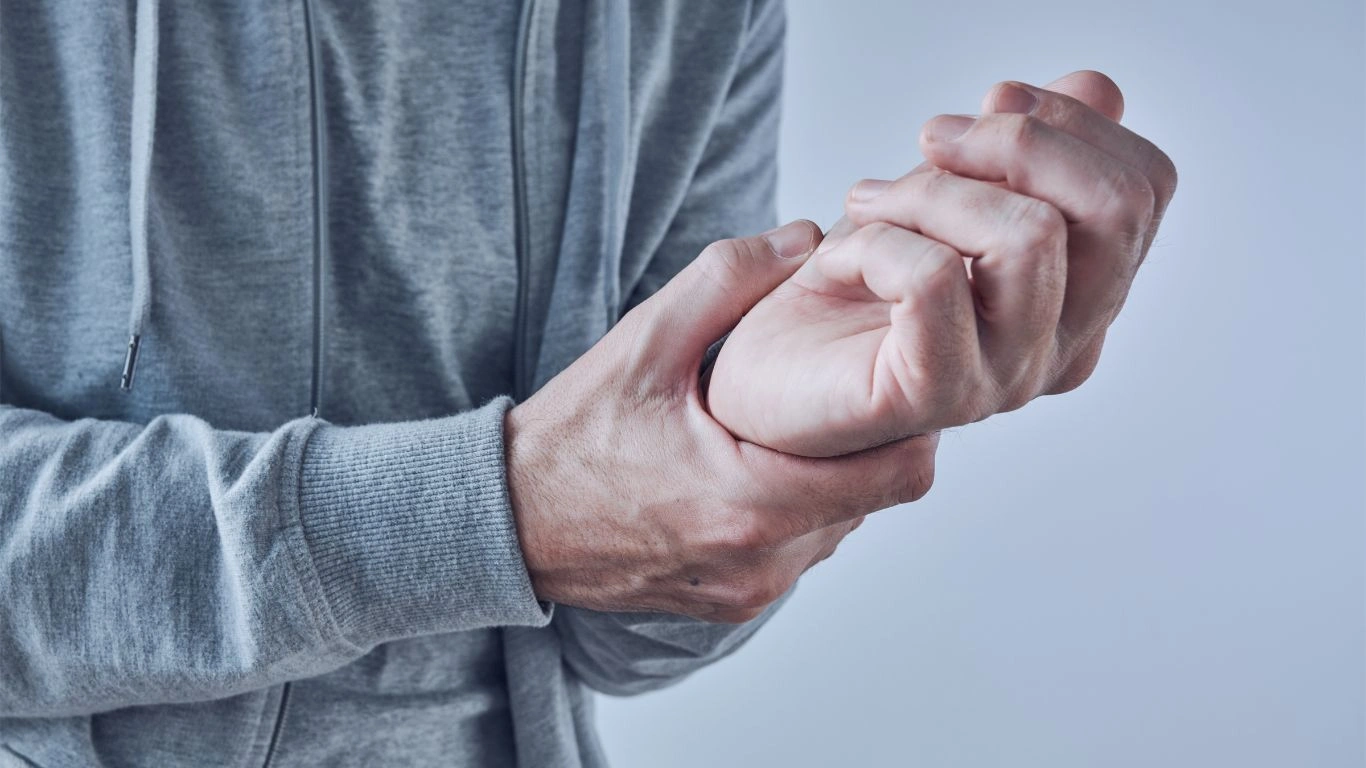
One of the biggest challenges I see in my practice is patients coming in after years of misdiagnosed finger pain. Treating RA and OA is quite different, so knowing exactly which one you have can make a world of difference.
RA requires early and aggressive treatment to control inflammation and prevent joint damage. Medications like DMARDs (disease-modifying antirheumatic drugs) can change the course of the disease. Osteoarthritis, on the other hand, focuses more on symptom management — think physical therapy, pain relief, and sometimes surgery if things get severe.
Trust me, getting an accurate diagnosis not only helps protect your joints but also gives you a better shot at maintaining your independence and quality of life.
Diagnosing RA vs Osteoarthritis in Fingers: What to Expect
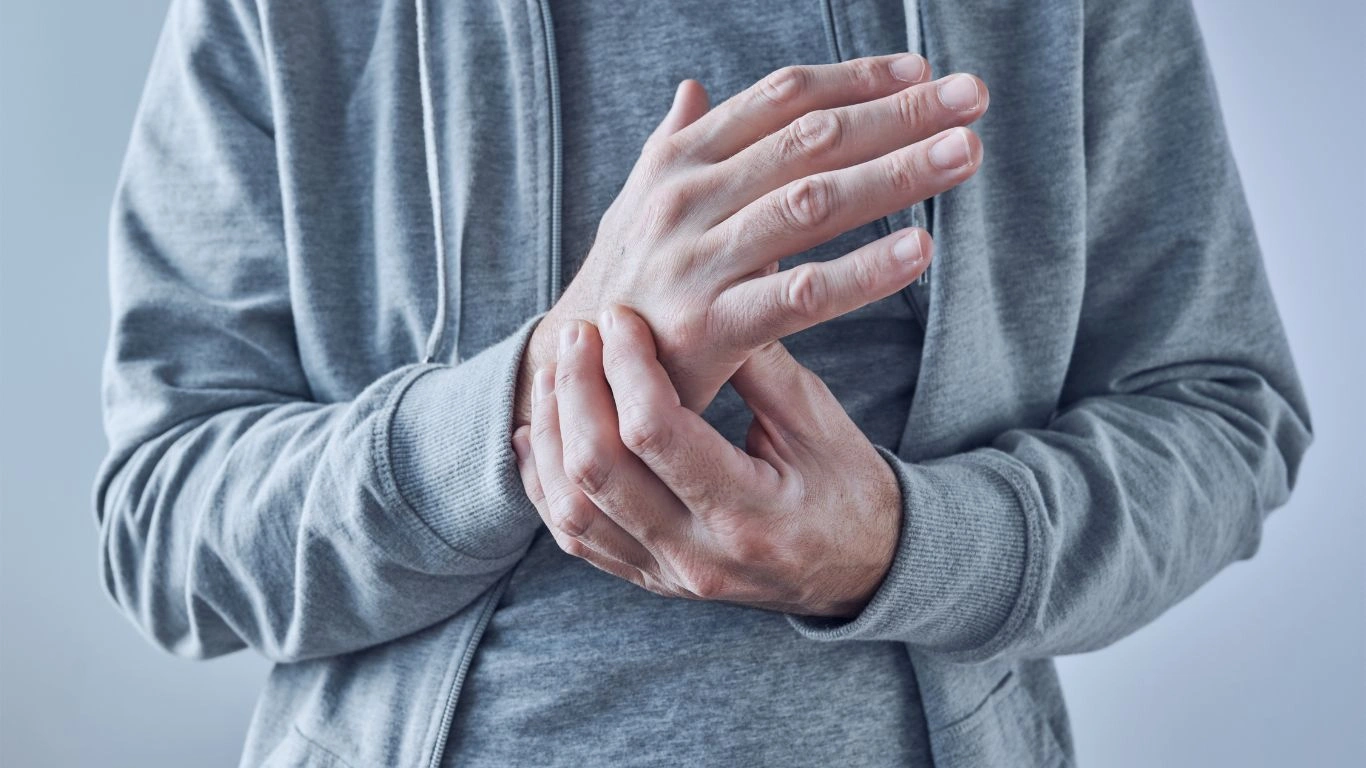
By now, you’re probably wondering how doctors actually tell RA vs osteoarthritis in fingers apart with so many overlapping symptoms. From my years working closely with rheumatologists and patients, I can say that diagnosis is a bit like detective work—it involves piecing together your symptoms, physical exam findings, blood tests, and imaging studies.
The Role of Your Story and Physical Exam
The first step always involves a thorough chat about your symptoms. Questions like:
- When did your symptoms start?
- Are both hands affected or just one?
- How long does the stiffness last?
- Have you noticed any swelling, redness, or warmth?
Listening to your story helps guide which tests might be necessary. On physical exam, the healthcare provider will carefully feel each joint in your fingers, checking for tenderness, swelling, warmth, and deformities. I always tell patients that this hands-on part is crucial because RA tends to cause soft, spongy swelling due to inflamed synovium, whereas OA often feels like hard, bony enlargements.
Blood Tests: What They Can Tell Us
While blood tests alone don’t give the full picture, they provide important clues:
- Rheumatoid Factor (RF) and Anti-CCP antibodies: These are often positive in RA but usually absent in OA.
- Inflammatory markers (ESR and CRP): Elevated levels suggest ongoing inflammation, which is more typical of RA.
From my experience, some patients with RA may initially test negative for these antibodies, so doctors sometimes need to repeat tests or combine them with clinical findings before confirming the diagnosis.
Imaging: X-rays, Ultrasound, and MRI
Imaging plays a big role in distinguishing RA from OA:
- X-rays of the fingers can show joint space narrowing and bone erosions typical of RA, while OA often shows bony growths (osteophytes) and joint space loss due to cartilage thinning.
- Ultrasound is becoming more common and can detect inflammation and early joint damage that X-rays might miss.
- MRI offers a detailed look at soft tissues and early erosions, useful if the diagnosis remains unclear.
In clinical practice, these imaging tools help track disease progression and guide treatment decisions. I’ve seen patients relieved when early erosions are caught and managed aggressively before permanent damage sets in.
Managing RA and Osteoarthritis in Finger Joints: Practical Tips
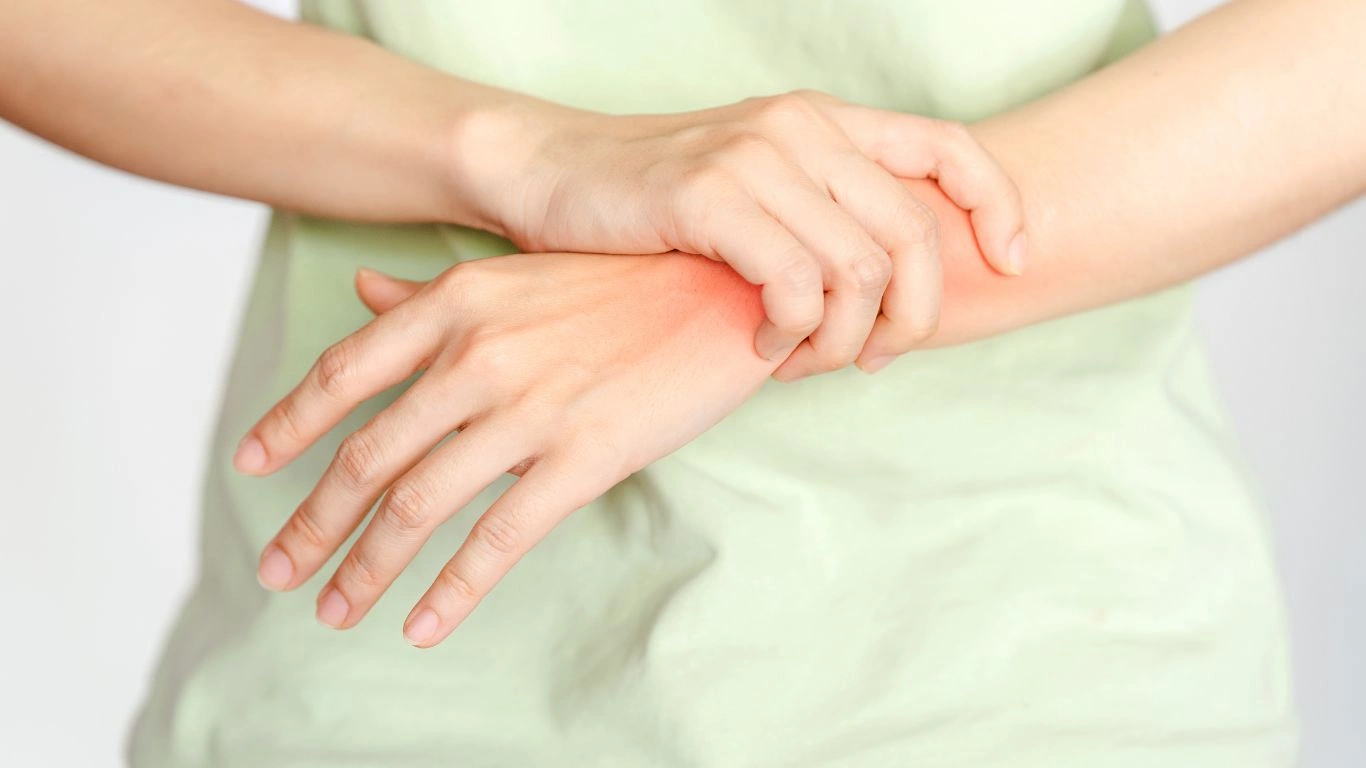
Once the diagnosis is clear, managing finger arthritis becomes the next big focus. While RA and OA treatments differ, some practical strategies overlap and can be incorporated into your daily routine to protect your joints and ease discomfort.
Daily Habits to Protect Your Fingers
Whether you have RA or OA, it’s important to:
- Use joint-friendly techniques: Avoid gripping tightly or repetitive movements that stress the fingers. Tools like jar openers or cushioned pens can make a big difference.
- Practice hand exercises: Gentle range-of-motion exercises keep joints flexible and muscles strong. I often recommend working with a hand therapist for a personalized routine.
- Balance rest and activity: Avoid overusing painful joints but also don’t stay completely still — inactivity can worsen stiffness.
Medications and Medical Treatments
Here’s where the paths start to split a bit more:
RA Treatments
For rheumatoid arthritis, controlling inflammation early and consistently is key. Treatments usually include:
- DMARDs: Drugs like methotrexate that modify the immune system and slow disease progression.
- Biologics: Targeted therapies that block specific immune pathways.
- NSAIDs and corticosteroids: Used to reduce pain and inflammation during flare-ups.
In my work, I always emphasize that adherence to these treatments—not just taking medications but regular follow-ups—is vital to prevent joint damage and maintain hand function.
OA Treatments
For osteoarthritis, the focus tends to be more on symptom relief and preserving joint function:
- Pain relievers: Over-the-counter options like acetaminophen or topical creams.
- Physical therapy: Strengthening and flexibility exercises tailored for hand joints.
- Splints or braces: To support and rest affected joints during activities.
- Surgery: In severe cases, procedures like joint fusion or replacement might be considered.
The Emotional Side of Living with Finger Arthritis
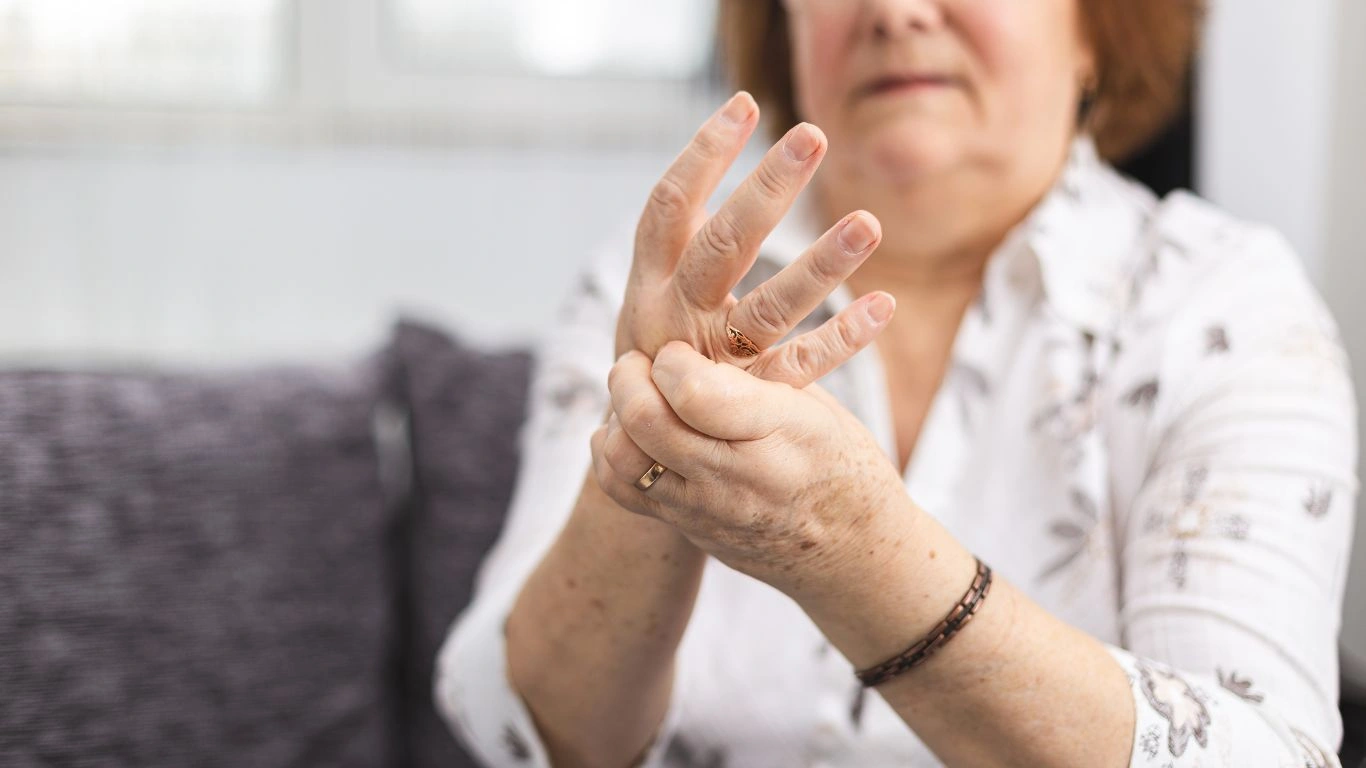
One thing I always remind my patients is that arthritis—whether RA or OA—is more than just physical symptoms. It can impact your mood, independence, and how you engage with the world. From my experience, people often feel frustrated or anxious when finger pain limits simple tasks like typing, cooking, or even hugging loved ones.
It’s totally normal to have these feelings. That’s why a holistic approach to managing arthritis is so important. This might include:
- Talking to a counselor or joining a support group to share experiences and coping strategies.
- Working with occupational therapists to find adaptive tools that make daily life easier.
- Educating yourself about your condition to feel more in control and confident in your care decisions.
Remember, you’re not alone in this. As someone who has cared for many patients with finger arthritis, I’ve seen how the right support and treatment can turn things around and help people live full, active lives despite their diagnosis.
Living Well with RA and Osteoarthritis in Fingers: Long-Term Strategies

After years in rheumatology, I’ve learned that managing RA vs osteoarthritis in fingers is not just about treating symptoms—it’s about embracing a lifestyle that supports joint health and overall well-being. Whether you’re newly diagnosed or have been living with arthritis for a while, there are some solid strategies that can help you live comfortably and keep your hands as functional as possible.
Consistency Is Key: Stick with Your Treatment Plan
One of the most important lessons I always share with patients is this: consistency matters. For RA, missing doses of medications like DMARDs can allow inflammation to flare up, which over time causes irreversible damage. Osteoarthritis, while less aggressive in terms of inflammation, still requires consistent care—whether it’s maintaining exercise, using splints, or managing pain.
From personal experience, I’ve seen how patients who stay engaged with their healthcare team and follow through on recommended therapies tend to fare much better. It might sound simple, but keeping a medication schedule, attending follow-up appointments, and reporting any changes promptly makes a huge difference.
Adapt Your Environment to Protect Your Joints
Adapting your surroundings can make everyday tasks easier and reduce strain on your fingers. I often recommend small but effective changes, such as:
- Using ergonomic kitchen tools with larger handles
- Installing lever-style door handles instead of knobs
- Choosing voice-to-text technology or speech recognition software for typing and texting
These adaptations aren’t just about convenience—they’re about preserving joint function and preventing further injury. I’ve watched patients regain independence and confidence simply by making their home and work environments more arthritis-friendly.
Nutrition and Lifestyle: Supporting Your Joints from the Inside Out
While there’s no magic food that cures arthritis, a healthy diet rich in anti-inflammatory nutrients can support joint health. I encourage patients to focus on:
- Colorful fruits and vegetables, packed with antioxidants
- Omega-3 fatty acids from sources like fatty fish or flaxseeds, known to help reduce inflammation
- Limiting processed foods and sugars, which can contribute to systemic inflammation
Regular exercise tailored to your abilities is equally important. Low-impact activities like swimming, yoga, or gentle stretching help maintain joint mobility and muscle strength. Personally, I’ve found that patients who make these lifestyle changes not only feel better physically but often report improved mood and energy too.
When to Seek Help and How to Advocate for Yourself

Living with finger arthritis means becoming your own best health advocate. Sometimes symptoms can change or worsen, and it’s essential to know when to reach out for help.
Warning Signs That You Should See Your Provider
- Increased swelling or redness that doesn’t improve with usual treatment
- New or worsening deformities affecting hand function
- Severe pain interfering with sleep or daily activities
- Signs of medication side effects such as unusual fatigue, infections, or rashes
Don’t hesitate to bring these issues up with your rheumatologist, primary care doctor, or nurse practitioner. Remember, early intervention can prevent complications.
Questions to Ask Your Healthcare Team
To make the most of your appointments, consider preparing questions like:
- What type of arthritis do I have exactly, and how does it affect my fingers?
- What are the best treatment options for me?
- How can I manage pain and stiffness on a daily basis?
- Are there any warning signs I should watch for?
- What lifestyle changes could help improve my symptoms?
From my experience, patients who ask questions tend to feel more empowered and engaged in their care, which improves outcomes.
Final Thoughts on RA vs Osteoarthritis in Fingers
Understanding the differences between rheumatoid arthritis and osteoarthritis in your fingers is the first step to managing your health effectively. With the right diagnosis, treatment, and lifestyle support, you can protect your joints and keep doing the things you love.
As someone who’s been in the trenches of rheumatology care, I’m here to remind you that your hands are precious—and with thoughtful care, they can stay strong and functional for years to come.
References
Disclaimer
This article is for informational purposes only and does not substitute professional medical advice, diagnosis, or treatment. Always consult your healthcare provider about any health concerns or before starting new treatments.

Tarra Nugroho is a dedicated Nurse Practitioner with a strong foundation in family and preventive care. She brings both compassion and clinical expertise to her practice, focusing on patient-centered care and health education. As a contributor to Healthusias.com, Tarra translates medical knowledge into clear, empowering articles on topics like women’s health, chronic disease management, and lifestyle medicine. Her mission is simple: help people feel seen, heard, and informed—both in the clinic and through the content she creates. When she’s not caring for patients, Tarra enjoys weekend hikes, plant-based cooking, and curling up with a good health podcast.

